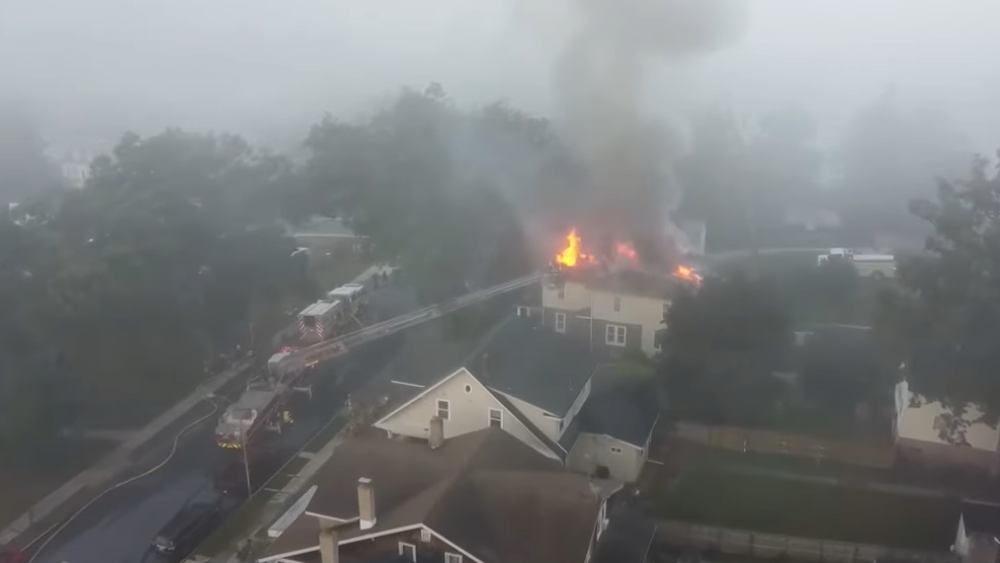Aerial trucks are usually the largest truck in the fleet and are loved by most firefighters. It helps that there are many different types of aerial trucks, each with an intended purpose and designed for certain operational benefits.
One of the primary concerns with an aerial truck is positioning it on scene. Departments that have one or more aerial devices in their fleet are likely familiar with best practices for positioning their apparatus to maximize the device’s resources. For those departments that do not have an aerial truck in their fleet, they might find themselves working with one through mutual aid and not as familiar with how to effectively position it for best results.
Seeing as the aerial device is the biggest truck on scene, we want to give it prime real estate at the structure. However, this may not necessarily mean right in front of the structure; this may mean positioning it on the corner of the structure, as we’ll see with our corresponding video from a structure fire in Pennsylvania.
Yes, the front of the structure is sometimes the best position for the aerial, but it will be limited to just one side of the structure. On the corner of a structure, the aerial device will have better access to two sides of the structure. Such positioning will be determined during the initial size-up by the first-arriving officer and subsequent IC. The scene size-up will also dictate which corner the aerial device should take.
In our corresponding video, you will notice that the aerial device is located on the side that has an open space to access two sides of the house. The other side of the house is close to an exposure, not allowing for clear access to the two sides that may be needed.
Another factor to consider when positioning an aerial device is the type of aerial being used. Rear-mount and mid-mount aerials require different approaches for positioning due to the location of the turntable and the body of the truck. Specifically, on a mid-mount truck, the passenger cab prevents the aerial from rotating completely at a lower angle compared to a rear-mount aerial. In the video, we see a mid-mount aerial device. The truck is angled off, away from the scene, allowing the aerial turntable to rotate at a lower angle without hitting the passenger cab.
Again, size-up will dictate the best way to bring in the aerial in terms of coming in nose first, backing into the scene, or approaching the scene on the side as shown in our video. Most of the time, the aerial device will be driven in and staged parallel to the structure.
Training time
After watching this video with your company, follow these steps to improve your proficiency positioning aerial devices. Of course, not every fire department will have an aerial truck in their fleet, but using mutual aid often provides access to one.
- If access to an aerial truck is available, practice positioning it at different structures within the response district. Try coming in nose first, backing into the scene and approaching the scene on the side. Then try from different approaches or angles.
- For a mid-mount type truck, practice angling it away from the building when parallel parked to it.
- For a rear-mount type truck, practice positioning the cab of the aerial at the corner of a building to be able to access two sides at once.
- On a rear-mount, practice backing the aerial into the building and working the aerial off the rear of the truck to achieve maximum height.
- For the mid-mount, do the same but nose first into a building.
- If no access to an aerial device, contact the closest mutual-aid department that does have one and schedule a joint training session on it.
Read next:
Aerial operations: Best practices for top-of-the-ladder-pipe firefighters
Plan ahead and think proactively for safe, effective use of multiple aerial devices














